The drum in the Atlant washing machine does not spin
 It’s easy to understand that the drum in a washing machine is not spinning: the wash is started, water has been filled into the machine, but the unit still “stands” in place. If this happens, you will have to cancel the cycle and start diagnosing Atlanta. It is not necessary to call a service center specialist - you can deal with the problem yourself. Step-by-step recommendations and instructions will help you understand the structure of the washing machine.
It’s easy to understand that the drum in a washing machine is not spinning: the wash is started, water has been filled into the machine, but the unit still “stands” in place. If this happens, you will have to cancel the cycle and start diagnosing Atlanta. It is not necessary to call a service center specialist - you can deal with the problem yourself. Step-by-step recommendations and instructions will help you understand the structure of the washing machine.
What caused the problem?
Let’s say right away that many problems lead to drum braking on Atlant washing machines, from a broken drive belt to a broken motor and problems with the board. To simplify the search for the “culprit”, it is necessary to analyze the behavior of the machine and more accurately identify the breakdown. This article will consider a situation in which the machine accepted a user command, started a cycle, filled with water and only then stopped. In this case, the pump works properly, and the unit itself makes cracking sounds. That is, in our case, the motor does not rotate at all or accelerates, but does not transmit the impulse further.
The crackling sound narrows the range of causes to the following breakdowns:
- the drive belt has broken or fallen off the pulley;
- the electric brushes are worn out;
- the lamellas have peeled off;
- the tachometer is damaged;
- the electric motor broke down;
- There is a foreign object stuck between the tank and the drum.
On Atlant washing machines, the drum does not rotate due to the motor, Hall sensor, drive belt or foreign object getting into the tank.
When diagnosing, it is important to understand whether the drum is spinning and whether other elements of the system are functioning normally. Otherwise, the range of possible malfunctions will increase significantly.
Let's pay attention to the motor
When the drum on the washing machine does not rotate, suspicion first falls on the motor. Everything is logical: the shaft does not receive an impulse from the motor and remains stationary. However, the engine may not function for many reasons.
Before making a “diagnosis,” you need to understand why and when the motor does not work. If the engine starts and rotates the shaft, but under additional load, for example, when a belt is caught, it stops, then the brushes are to blame. They cannot be repaired - they must be replaced.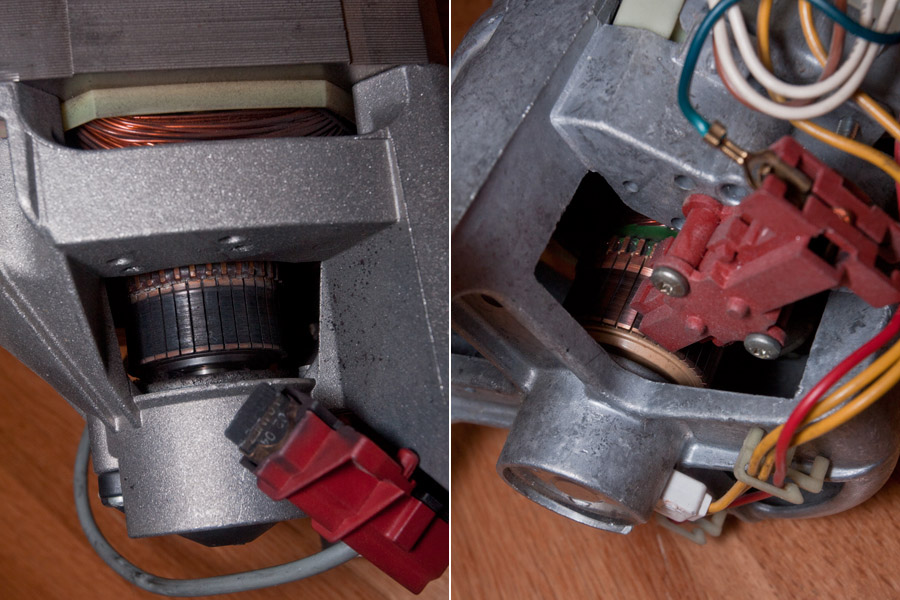
Replacing electric brushes is carried out as follows:
- unscrew the bolts from the rear wall and remove it;
- remove the drive belt from the pulley;
- disconnect the connected wiring from the engine;
- loosen the bolts holding the motor;
- rocking the body, we take out the engine;
- We find “cases” – brushes – on the sides of the body;
- unscrew the fasteners fixing the brushes;
- release the brushes;
- We evaluate the condition of the carbon tips - if they are worn out, then replacement is necessary.
You cannot replace just one electric brush - they are mounted only in pairs!
Brushes are replaced only in pairs, even if one of them is completely intact. It is necessary to purchase similar tips and install them in the proper place.
If both brushes have not spent their “limit”, then you need to continue the diagnosis. The second in line is the tachometer, which controls the degree of engine acceleration. If the sensor fails, the engine does not start for safety reasons. The functionality of the device is checked using a multimeter configured to measure resistance.
Also, peeled lamellas prevent the engine from accelerating at full power. To confirm your guess, you will have to disassemble the motor housing and inspect the collector plates. If they are not in order, then you will have to sharpen the engine.
Another typical problem with the Atlant machine is a broken motor winding. Therefore, we switch the multimeter to measure Ohms and apply probes to each pair of lamellas. If all values are within the range of 0.1-0.4 ohms, then the wiring is fine.
Belt problems
Often, a broken drive belt causes the drum to stop. It’s simple: the engine accelerates, but without an “intermediary” the speed is not transmitted to the drum shaft, so the machine starts the wash, but does not wash. It is not difficult to verify that the rubber band has broken, since it is enough to open the hatch door and unscrew the tank manually. If nothing interferes with the movement, then there is a problem with the drive.
The belt comes off in three cases: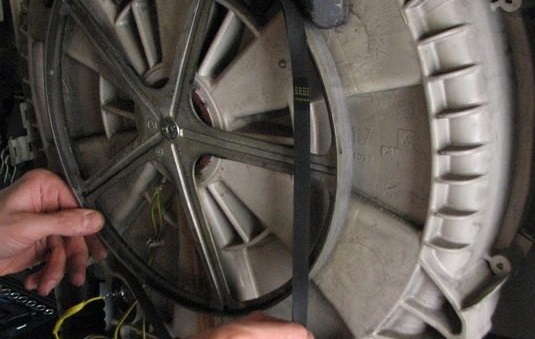
- accidentally, due to strong vibration of the machine during spinning;
- when stretched (when the belt stretches 2 cm or more from the original diameter);
- if it's torn.
If during operation the drive belt has stretched and the difference between the current and initial diameter exceeds 2 cm, then the elastic band must be changed!
In the event of a single failure, it is enough to return the old belt to its place. If the rubber band breaks or falls off twice in six months, then replacement is necessary. We purchase a new “ring” using the serial number printed on the surface of the rubber; in extreme cases, we focus on the Atlant washing machine model.
Now let’s talk about what to do to ensure that the belt fits perfectly on the pulley. We take the rubber band with one hand and spin the wheel with the other. Tension will require considerable effort, skill and patience, since the ring is very difficult to stretch. Ideally, you should invite an assistant to pull the belt together.
Something got into the tank
If you cannot turn the drum manually, it means that it is blocked by a foreign object that has entered the tank. To continue washing, you will have to remove the foreign body from the machine. The “repair” process looks like this: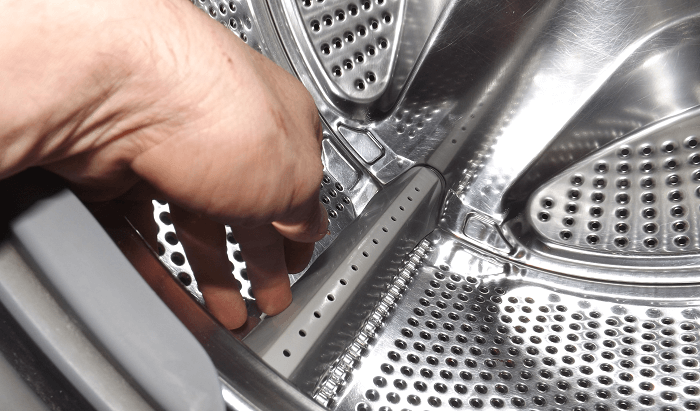
- remove the back wall;
- remove the heating element from its seat;
- We illuminate the vacated hole with a flashlight;
- Using your hand or a hook, we pull the object out of the wire.
Before washing, check the pockets of items loaded into the drum!
It’s worse if the object gets heavily caught or cannot be reached through the heating element. Then you will have to disassemble the washing machine down to the drum, which is much more difficult and time-consuming.
Interesting:
Reader comments
- Share your opinion - leave a comment
Categories
Washing machine repair


For buyers

For users

Dishwasher


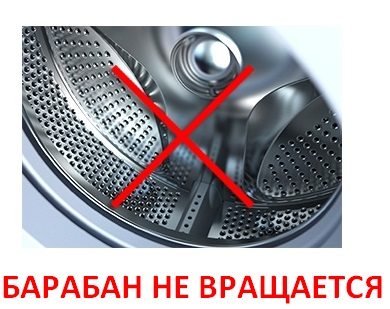
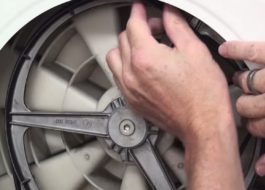

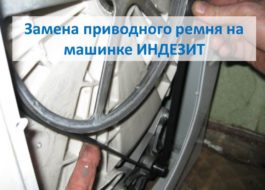
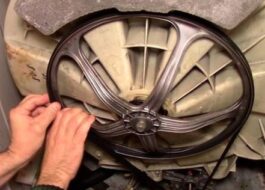










Add a comment